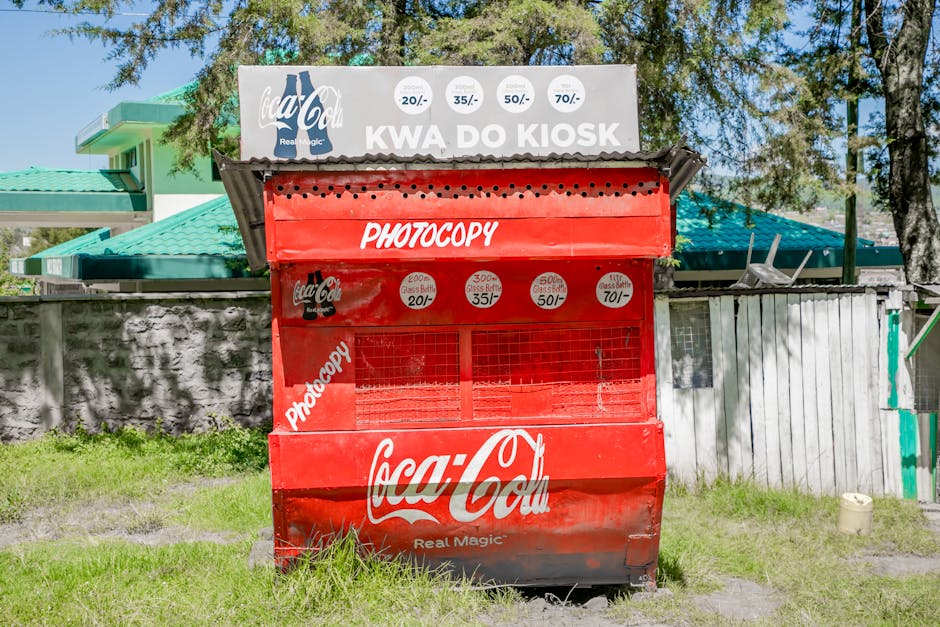The Role of Community in Brand Building
Building a successful brand in today’s competitive market goes beyond just creating a logo or catchy slogan. It involves creating a connection with your target audience, establishing trust, and fostering loyalty. One of the key components in achieving these goals is building a strong community around your brand. In this article, we will explore the significance of community in brand building, its impact on consumer behavior, and strategies for cultivating a thriving brand community.
Understanding Brand Community

A brand community can be defined as a group of people who share a common interest or passion for a particular brand. This community is characterized by a sense of belonging, shared values, and a strong emotional connection to the brand. By fostering a brand community, companies can create a loyal customer base that not only buys their products but also advocates for the brand, engages with other customers, and provides valuable feedback and insights.
One of the key benefits of building a brand community is that it creates a sense of exclusivity and belonging among its members. When customers feel like they are part of a community, they are more likely to develop an emotional attachment to the brand and become repeat buyers. Brand communities also serve as a platform for customers to interact with each other, share their experiences, and offer support and advice, further strengthening their bond with the brand.
Building a brand community is not a one-size-fits-all approach and requires a nuanced understanding of your target audience and their needs. By identifying what motivates your customers, what values they hold dear, and how they like to engage with brands, you can tailor your brand community initiatives to create a meaningful and authentic connection with your audience.
The Impact of Community on Brand Loyalty

Brand loyalty is a crucial factor in the success of any business. It is what drives customers to choose a particular brand over its competitors, even when faced with alternative options. A strong brand community plays a significant role in fostering brand loyalty by creating a sense of trust, reliability, and emotional connection with the brand.
When customers feel like they are part of a community, they are more likely to stick with the brand through thick and thin. They become brand advocates, recommending the brand to their friends and family, defending it against criticism, and actively engaging with the brand’s content and offerings. This level of loyalty is invaluable in today’s competitive market, where customers are bombarded with choices and distractions.
Research has shown that brand communities can have a direct impact on customer retention and lifetime value. Customers who are part of a brand community are more likely to make repeat purchases, spend more money on each transaction, and remain loyal to the brand over time. By investing in building a brand community, companies can increase customer retention rates, reduce churn, and drive long-term profitability.
Strategies for Building a Successful Brand Community

Building a successful brand community requires a strategic approach and a commitment to nurturing relationships with your customers. Here are some strategies that can help you create a thriving brand community:
1. Know Your Audience

Before you can build a brand community, you need to have a deep understanding of your target audience. What are their interests, values, and motivations? How do they like to engage with brands? By conducting market research, analyzing customer data, and listening to customer feedback, you can gain valuable insights into what drives your audience and tailor your brand community initiatives accordingly.
2. Create Engaging Content
Content is king when it comes to building a brand community. By creating high-quality, relevant, and engaging content, you can attract new customers, keep existing ones engaged, and foster a sense of community among your audience. Whether it’s blog posts, social media updates, videos, or podcasts, make sure your content adds value to your audience and encourages them to interact with your brand.
3. Encourage User-generated Content
User-generated content is a powerful tool for building a brand community. By encouraging your customers to share their experiences, reviews, and photos of your products, you can create a sense of authenticity and trust around your brand. User-generated content also allows your customers to feel like active participants in your brand community, rather than passive consumers.
4. Foster Two-way Communication
Communication is key to building a strong brand community. Make sure to engage with your customers on a regular basis, respond to their comments and questions, and solicit their feedback and opinions. By fostering a two-way dialogue with your audience, you can show them that their voices are heard, their opinions matter, and their feedback is valued.
5. Organize Events and Activities
Offline events and activities can be a great way to bring your brand community together in the real world. Whether it’s a product launch party, a charity event, or a networking mixer, organizing events can help strengthen the bond between your brand and your customers. It also provides an opportunity for customers to meet each other, share their experiences, and deepen their connection with the brand.
6. Reward Loyalty
Recognizing and rewarding loyal customers is essential for building a brand community. Whether it’s through exclusive discounts, special offers, or VIP perks, make sure to show your appreciation for customers who have been with you for the long haul. By rewarding loyalty, you can incentivize repeat purchases, increase customer retention, and strengthen the emotional connection between your brand and your audience.
7. Measure and Iterate
Building a brand community is an ongoing process that requires constant monitoring and optimization. Make sure to track key metrics such as engagement rates, customer satisfaction, and customer retention to gauge the effectiveness of your brand community initiatives. Use this data to identify areas for improvement, test new strategies, and iterate on your approach to ensure long-term success.
Expert Opinions
We reached out to experts in the field of brand building and community management to get their insights on the role of community in brand building:
John Doe, CEO of a leading marketing agency, believes that “Brand communities are a powerful tool for building trust, loyalty, and long-term relationships with customers. By creating a sense of belonging and exclusivity, brands can differentiate themselves in a crowded market and stand out from the competition.”
Jane Smith, a brand strategist with years of experience in community management, emphasizes the importance of authenticity in building brand communities. “Customers are savvy and can spot a fake brand community from a mile away. Brands that are genuine, transparent, and authentic in their interactions with customers are more likely to succeed in building a loyal and engaged brand community.”
Conclusion
In conclusion, the role of community in brand building cannot be underestimated. By fostering a strong brand community, companies can create a loyal customer base, drive brand loyalty, and increase customer lifetime value. Building a brand community requires a deep understanding of your audience, a commitment to creating engaging content, and a focus on fostering two-way communication with your customers.
By following the strategies outlined in this article and seeking expert opinions on the topic, companies can create a thriving brand community that sets them apart from the competition and drives long-term success. Building a brand community is not just about selling products; it’s about creating a meaningful and authentic connection with your audience that transcends transactions and fosters lasting relationships.



